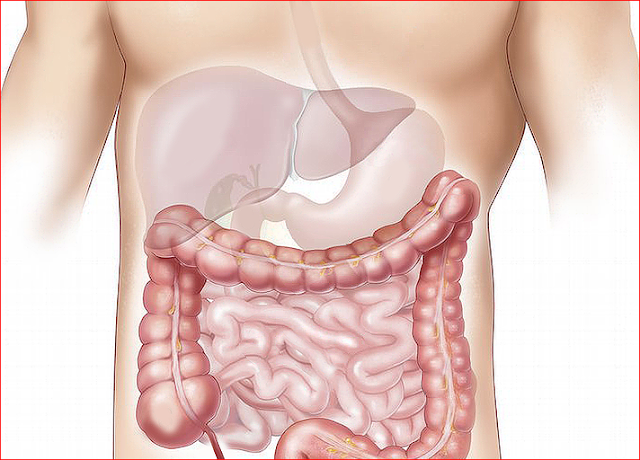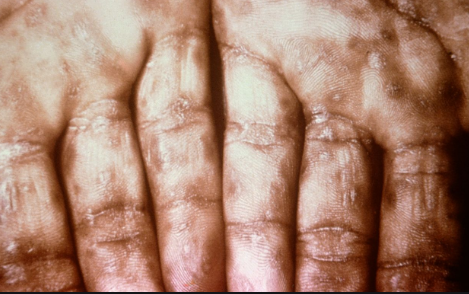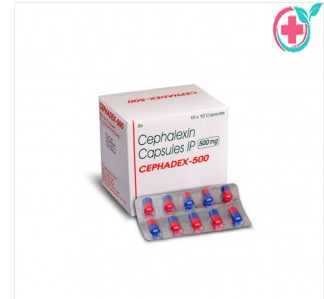Various types of Infections that causes fever and Illness

Various types of Infections that causes fever and Illness A fever, also known as pyrexia, is a high body temperature, and it is usually a sign that you have an illness. Normally, the body temperature is very close to 37.0 degrees Celsius (or 98.7 degrees Fahrenheit). You can verify your temperature with a thermometer if you think you might have a Fever . There are many types of thermometers, and it is important to learn how to use your thermometer properly. You may sense worn down, achy and tired when you have a fever. A low-grade fever below 100.4 degrees Fahrenheit is usually not problematic, but if your body temperature is higher than 100.4 degrees Fahrenheit, this is considered a high-grade fever and you need to express to your doctor about it. If you have a fever, your doctor might advise medication to lower your temperature and may prescribe treatment for the illness that is causing your fever as well. Infection and Fever Common infections that trigger...







